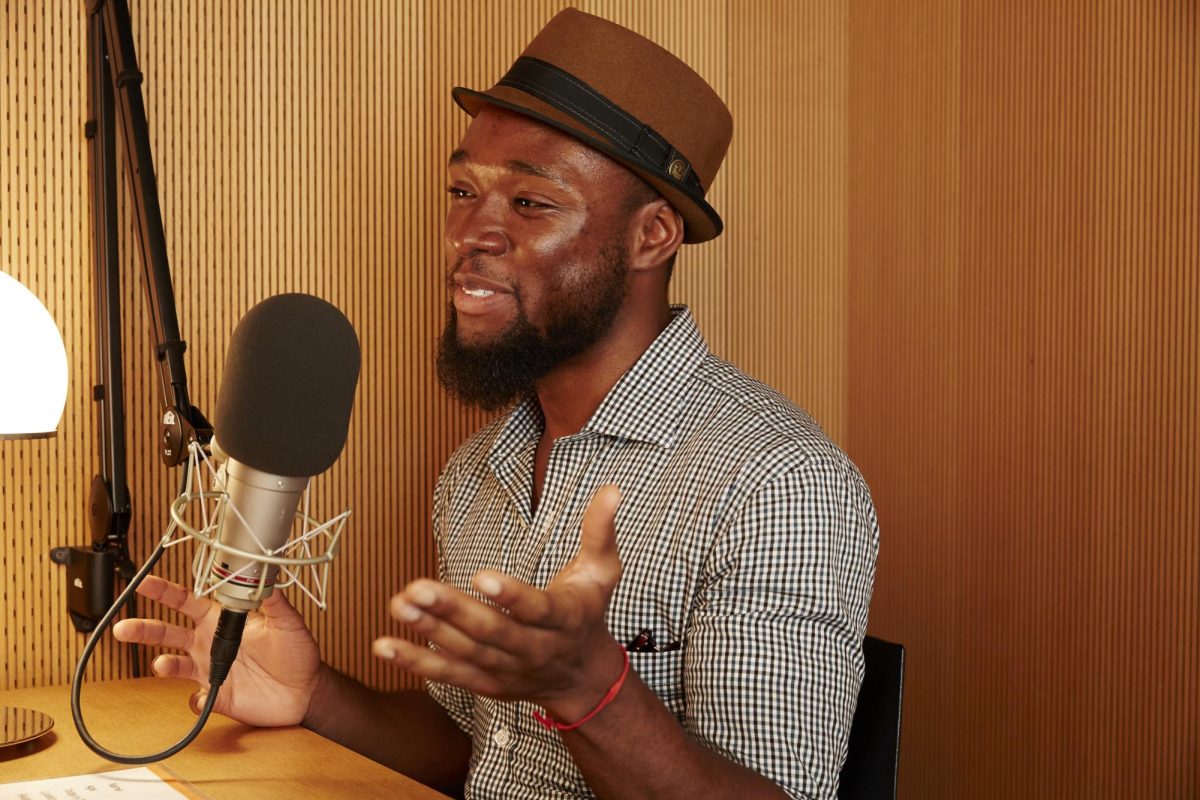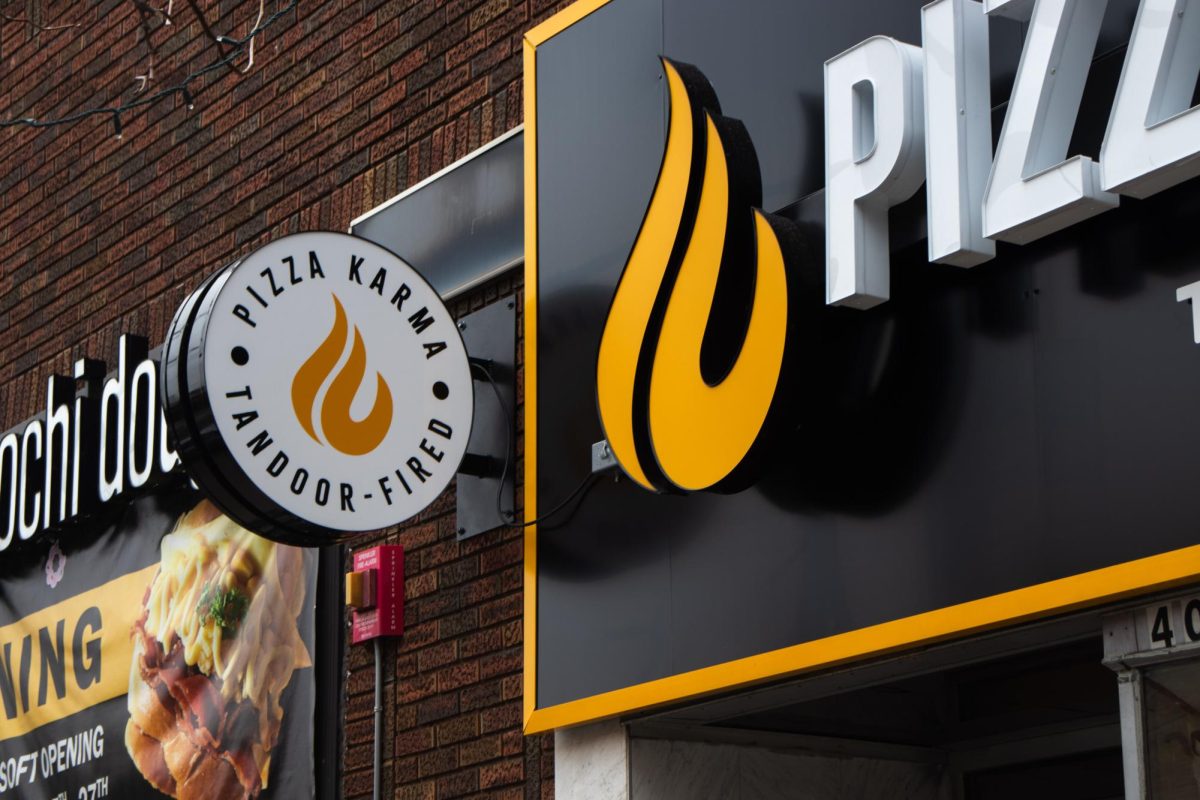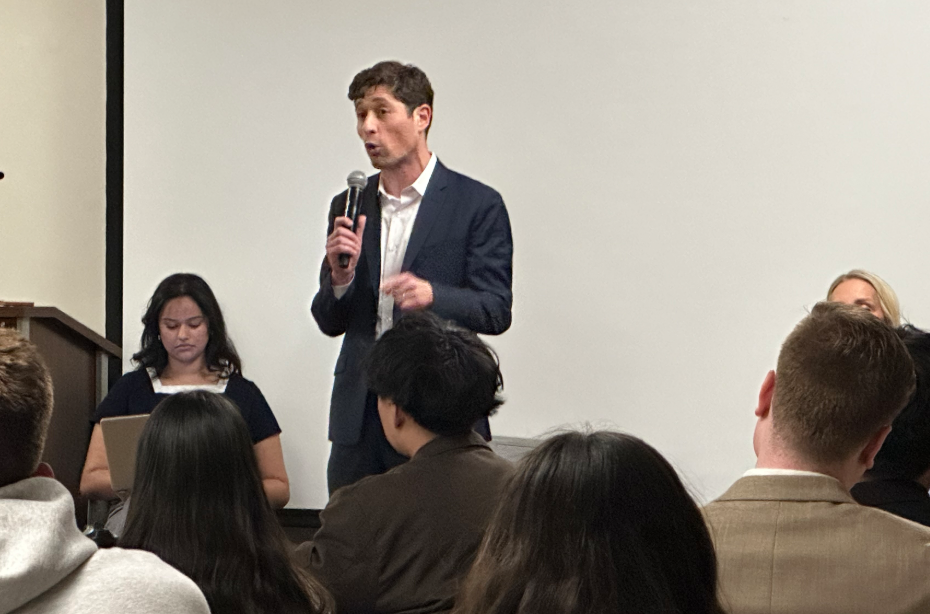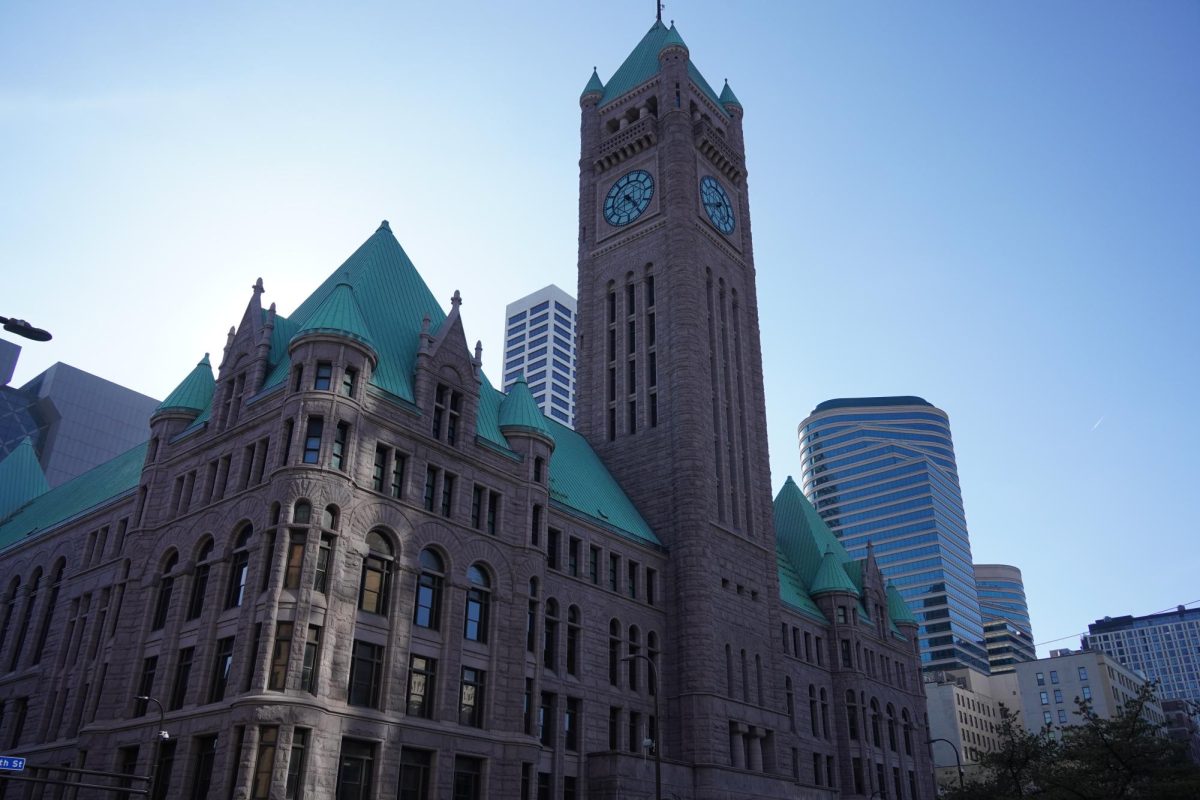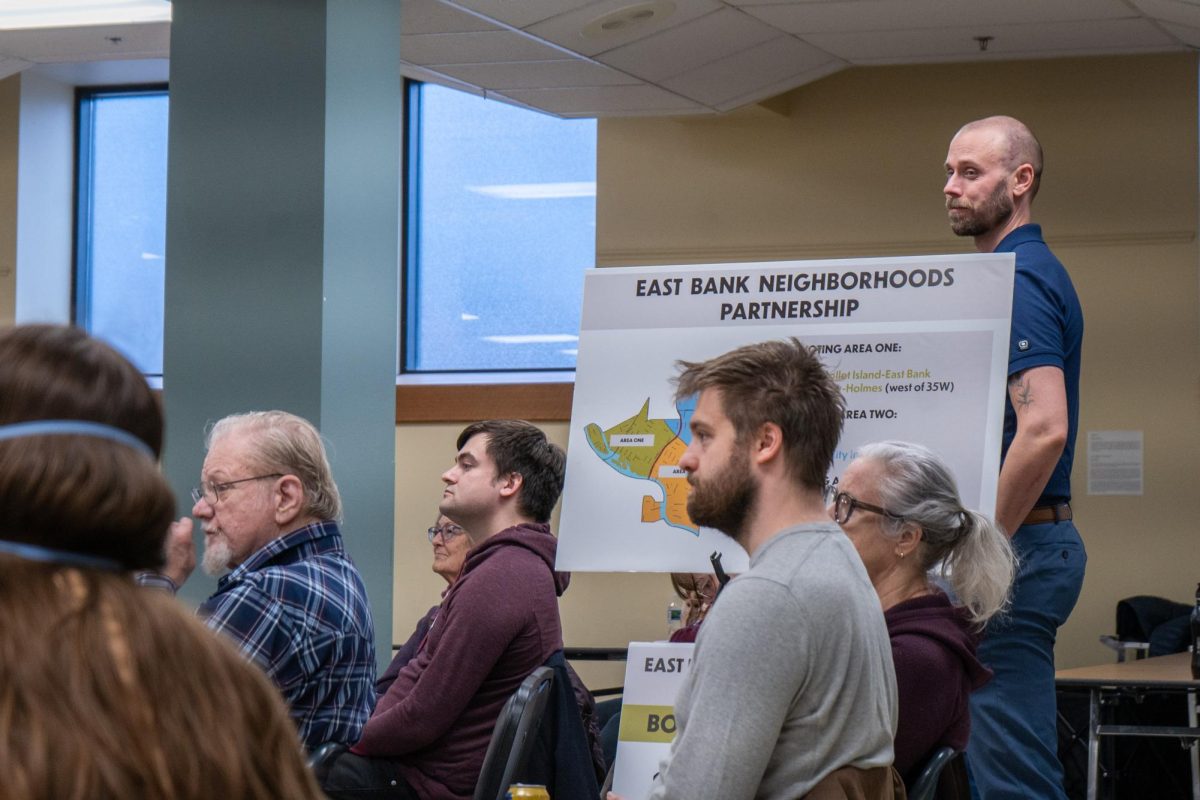 As solar energy surges in popularity, the University is capitalizing on investing opportunities in clean energy.
As solar energy surges in popularity, the University is capitalizing on investing opportunities in clean energy.
The Board of Regents approved the purchase of a 25-year subscription to a community solar garden at its last meeting. The acquisition will save the University up to $800,000 over the length of the contract. The purchase is part of the University’s overall push for clean energy.
Community solar gardens are shared facilities that provide clean energy for people who can’t afford to buy their own solar panels, said University Sustainability Director Shane Stennes.
While the University won’t receive energy from the gardens directly, it will get bill credits for the amount of energy that it helps create, said Melissa Pawlisch, clean energy resource team’s director for University regional sustainable development partnerships and extension.
It’s a way for the University to promote clean energy while also saving money, she said.
University Regent Thomas Devine said the Board of Regents has been moving to address campus energy priorities over the last few years.
Part of these efforts, he said, included the construction of a natural-gas powered plant that will provide both heat and electricity on campus.
“That will reduce our greenhouse gas emissions by 10 to 12 percent when it goes online later on this winter,” Stennes said.
He said the plant will help propel the University toward its goal of cutting greenhouse gas emissions.
University officials are also assessing campus buildings to see how they can be more energy efficient, Devine said.
He said this includes replacing or reinsulating windows and changing old street lights to LED fixtures on 4th Street SE spanning from TCF Bank Stadium to Dinkytown.
“Where we can replace old, and put in new that’s energy-efficient, that’s part of what we’re doing,” Devine said.
Many of the replacements are happening in University research labs, Stennes said, adding that the facilities are energy-intensive to run.
“Research facilities on campus are about 25 percent of our square footage, but they are 50 percent of our energy consumption,” he said.
The University will also release a request for proposal at the end of the month for a two-megawatt solar installation which would likely be built on the West Bank or St. Paul campus, Stennes said.
To pay for these projects, the University is trying to use existing resources so it won’t incur additional costs, he said.
The community solar garden is paid for by from the school’s regular utilities budget, Stennes said.
The University would build the on-site solar array but let another developer own it.
“Working with a third-party developer, we’re hopeful that we can build solar and then buy the power from them,” Stennes said.
Beth Mercer-Taylor, Institute on the Environment coordinator, said she thinks the University could also obtain a bio-digester — which converts animal waste into energy.
She said other campus faculty members have expressed interest, adding that it’s a common machine in other countries.
Nevertheless, the University does have a bit of catching up to do to reach its goals, Mercer-Taylor said.
“We might be a bit off track of where we promised to go on reaching carbon neutrality by 2050, but we’re making significant steps to get there,” she said.


